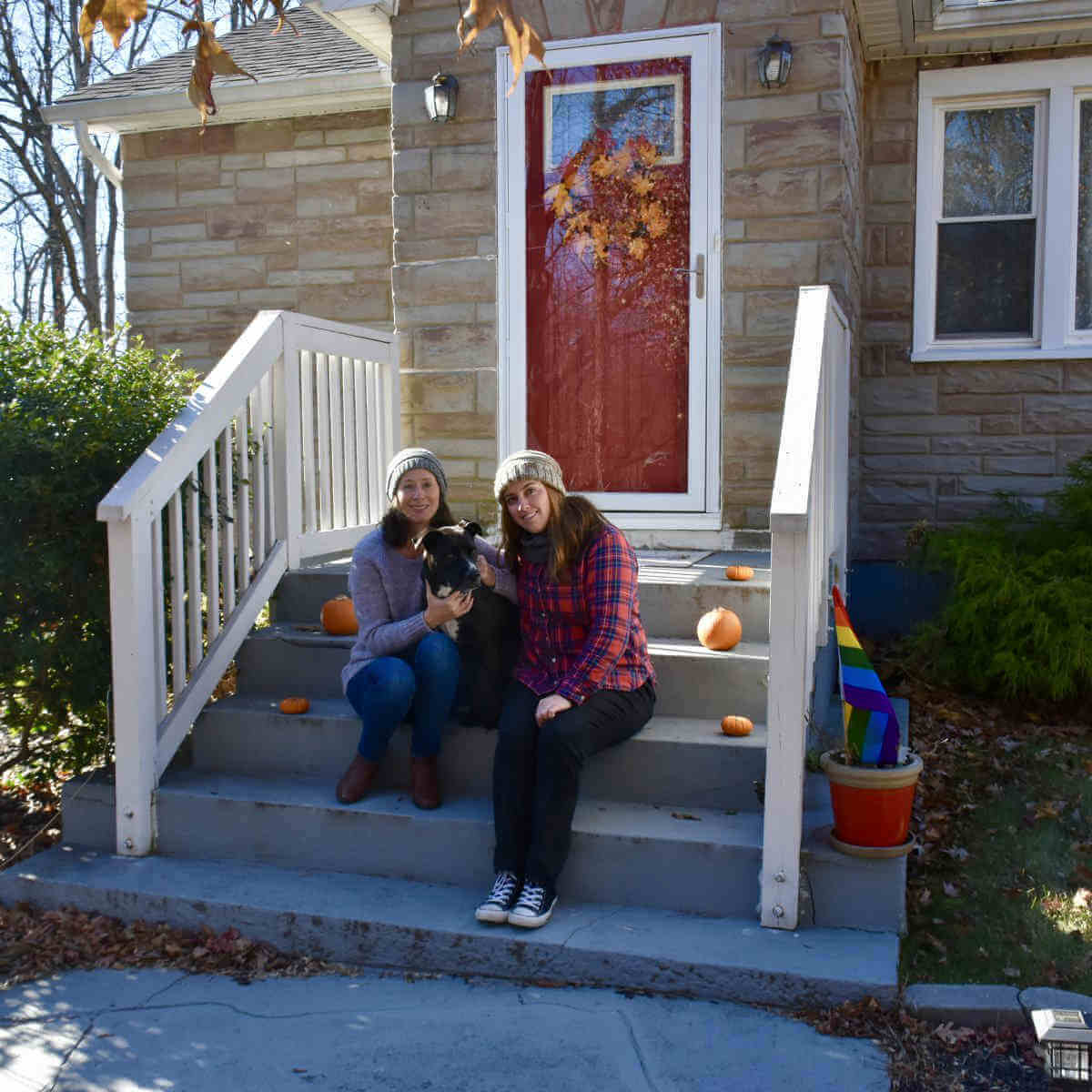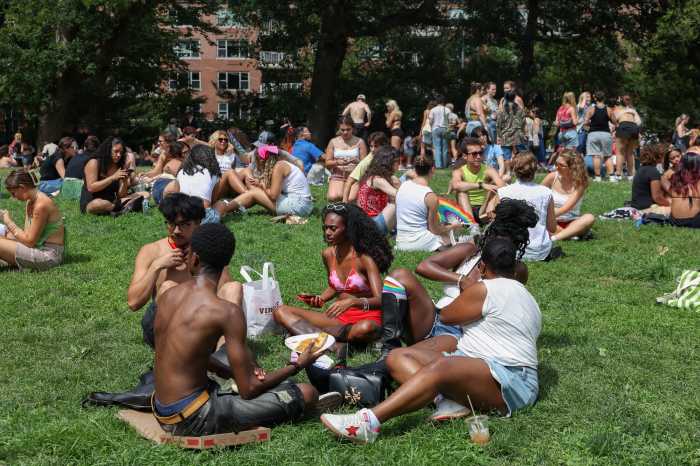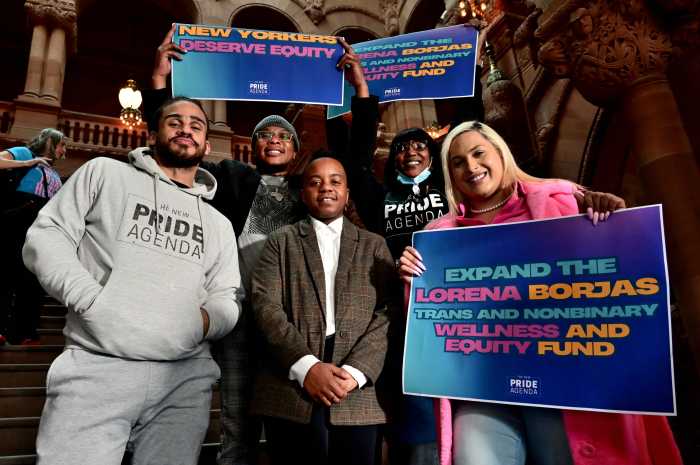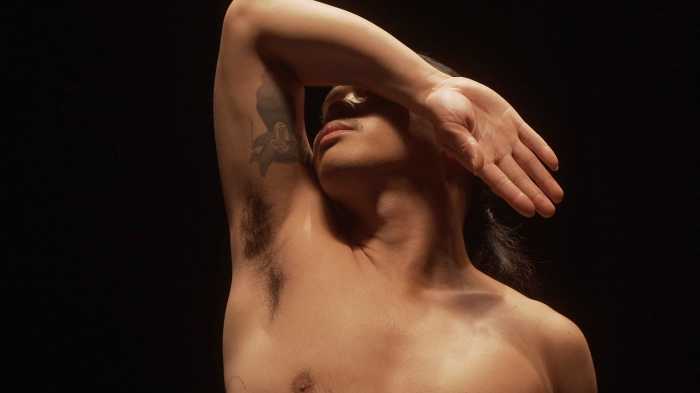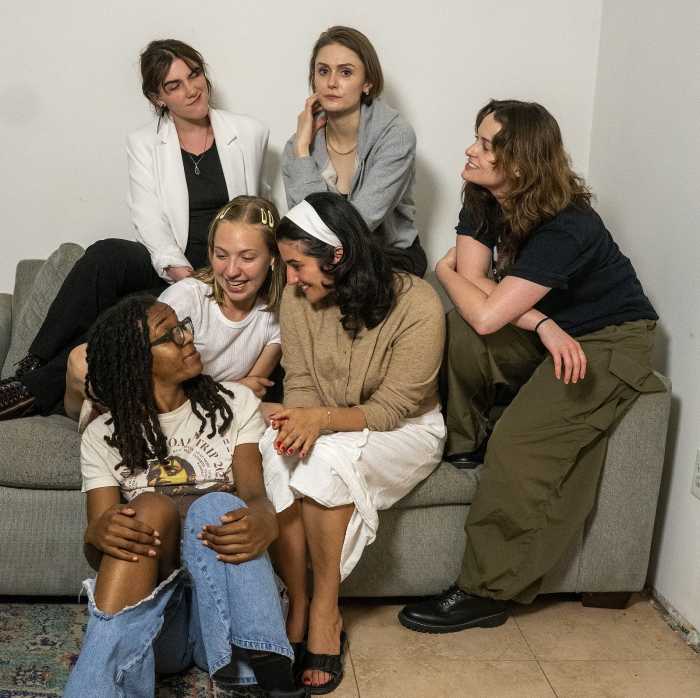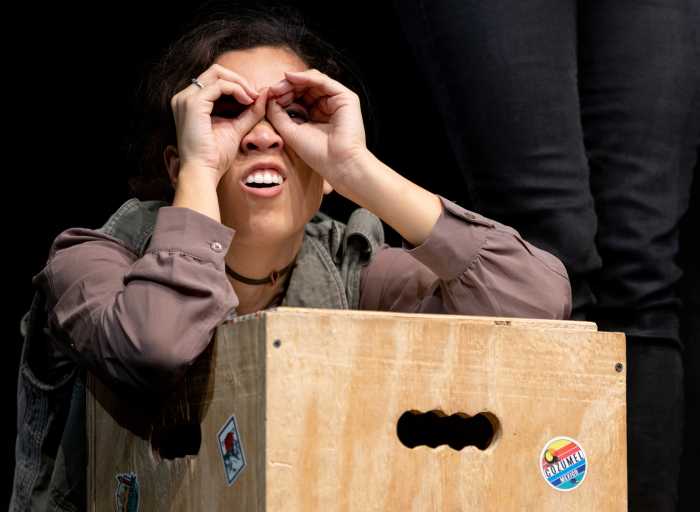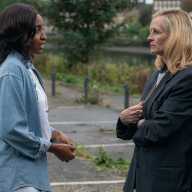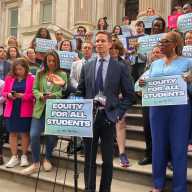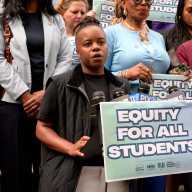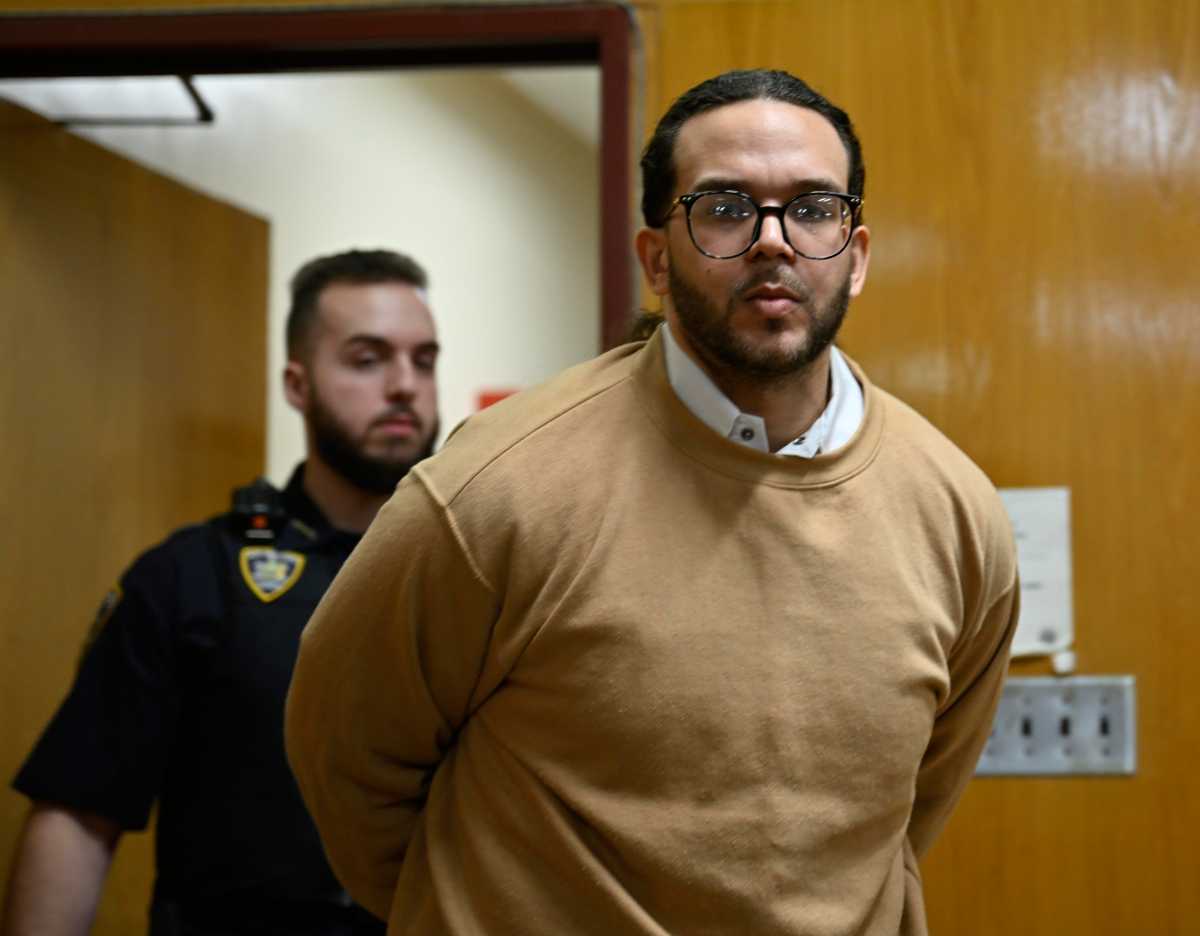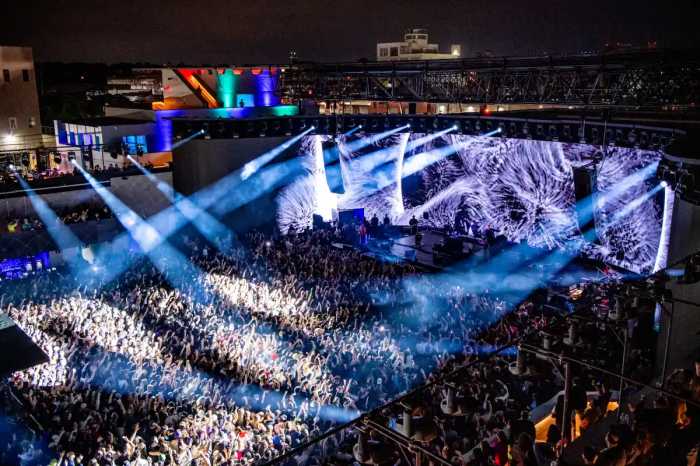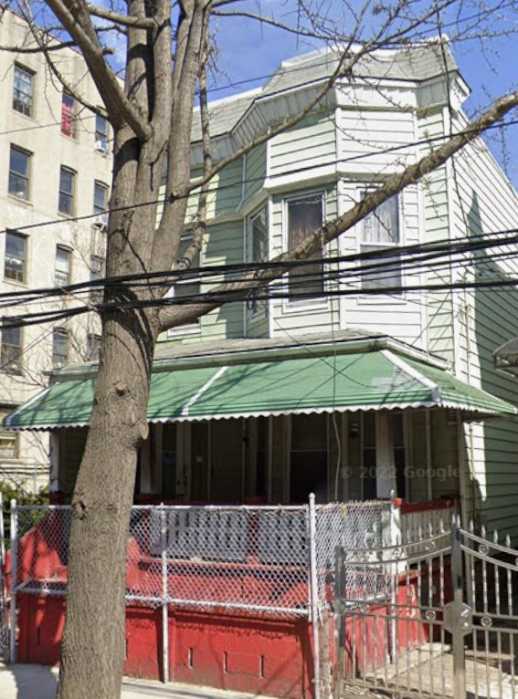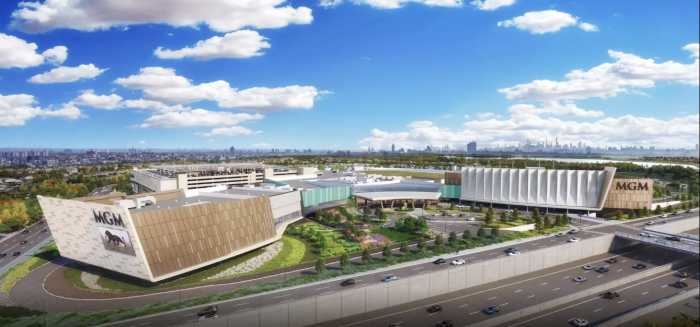Putnam County, New York: you may know it from Broadway’s “The 25th Annual Putnam County Spelling Bee” or perhaps you’ve gone apple picking here recently. Putnam is just north of Westchester, and you’re most likely to have visited Cold Spring, which is on the Hudson River at the western end of the county, about 20 minutes south of Beacon, the Brooklyn of the Lower Hudson Valley. Cold Spring is near Breakneck Ridge and other popular hiking trails accessible by Metro-North from Manhattan.
But it’s less likely you’ve heard of communities farther east in Putnam — Putnam Valley, Mahopac, Carmel, Kent, and Brewster. These are actually the more populated villages in the county, but they are less of a pull for tourists and decidedly more conservative than their counterparts on the Hudson. The particulars of their location and history have created a progressive desert of sorts — even as Manhattan’s ongoing ejection of its middle class and swiftly-rising costs in Hudson River towns sends more progressives, including those of us in the LGBTQ community, to the eastern reaches of Putnam County.
My wife Laurie and I moved to Brewster, located at Putnam’s east edge, next to Danbury, Connecticut, in 2016. I had lived in Manhattan since 2001; she since 2005. Our individual love affairs with New York City had enjoyed good runs but its many wonders had begun to pale in comparison with its many inconveniences and a growing sense of angst. And as a couple we don’t shun clichés: we hike, snowboard, and have a pit bull, so we looked northward in our search for a new home, anticipating woods, more space, less traffic.
After months of searching in the usual Gay Flight meccas of Beacon, Cold Spring, Peekskill, Cortlandt Manor, and other Hudson River spots, our realtor forced us to face reality — we could not afford or handle a fixer-upper, and the prices and taxes for move-in ready houses in Westchester and Putnam’s riverfront communities were beyond us. So, she showed us a house in Brewster — wherever that was.
It was perfect.
It was a modest ranch — but we’re only two people and a dog. It had a decent sized yard, the taxes were low (around $8,500 compared to $10,000 and up in most Westchester towns), there were state-protected woods across the street, and — most importantly — the house had just been gut-rehabbed to be flipped. We didn’t have to do a thing, and that was good, because after 15 years of depending on supers, neither of us knew an oil tank from a hot water heater. Brewster is a little further from the city than we would have liked, and we knew little about the town or surrounding area, but the village was quaint, the house four minutes from the Metro-North Harlem Line, and only an hour from Manhattan.

How different could it be?
Six months after we moved, we would find out.
On November 8, Donald Trump won the presidency, and at 3 a.m. the next morning, we were awoken to a celebratory booming bass — our neighbors were elated. I had gone to bed hours earlier after sending off an angry Facebook fuck-you to no one in particular. Stirred by a party in our midst, I felt crushed, angry, and actually scared — where was this place that I now lived? For weeks leading up to the election I had seen the Trump banners, bumper stickers, and lawn signs, but I wrote them off as the desperate rantings of a few local good ole boys. Turns out, there are a lot of those up here.
Five of the six officially-defined “towns” that make up Putnam County voted Trump in 2016. Philipstown, which includes Cold Spring, was the only one that went for Hillary. Trump won nearly 56 percent of the vote countywide — and 61 percent in the town of Carmel. Compare that to Westchester County — a five to ten-minute drive away — where Trump got about 31 percent of the vote.
Looking at the racial makeup of Putnam County, this really shouldn’t have come as a surprise — according to the Census Bureau, the population is about 78 percent white, 16 percent Hispanic or Latinx, and just 3.7% black.
Yet Brewster has a large migrant worker community — in the village of 2,360 residents, Hispanics/ Latinx make up 63.4 percent of the total. As of the 2010 Census, Brewster Village, which is within the Town of Southeast, had the highest concentration of Guatemalan residents in all of the US, at 38.2 percent of the population.

The village’s atypical demographics for this area of Putnam County have not played out well. Some of my first encounters on local social media pages included current and former white residents of the area referring to Brewster Village as “Little Mexico” and to the residents in far more pejorative terms. When I challenged such comments and even called out to the page administrators to police them, I got kicked off some pages. The demographics have also resulted in a starkly segregated community as well as a proposed plan to redevelop Brewster Village in an effort to attract more white residents from New York. This is all framed in the plan’s language as attracting “millennials,” but the true intent is clear to those who live here. The redevelopment plan would bulldoze many of the village’s historic buildings to the ground and replace them with condominiums and office space. If carried out, it would undoubtedly chase out a significant number of Latinx residents, many of whom own businesses in the village that would be affected or eliminated.
With many Latinx residents worried about endangering their own or family members’ immigration status — ICE raids have “surged” in Putnam and Westchester lately — that community has been broadly afraid to speak up in the debate over redevelopment and other public concerns.
And even as some are trying to attract city people to Brewster, the dynamics at play, in fact, don’t bode well for progressive and LGBTQ newcomers. While Putnam libraries and some organizations have hosted Pride events in recent years and some schools have Gay-Straight Alliance groups, there is no nearby LGBTQ Community Center, no gay bar in Putnam or even within reasonable driving distance, and there has never been a Pride Parade. LGBTQ people and artists can often be the lifeblood of progressive communities, but without public spaces for queer people to convene and be visible, communities remain insular and conservative, keeping progressive values in the shadows.
One bright spot in Brewster is the Studio Around the Corner, owned by the Cultural Arts Coalition, a non-profit “dedicated to creating and sustaining cultural arts within the Town of Southeast and its surrounding region.” The Studio serves as a space for artists and theater geeks to gather, hosts ESL classes and support groups, and is spearheading an effort to restore Brewster Village’s historic theater. At the same time, based on my personal experience, its funding structure is such that it is somewhat dependent on Town approval for events that might be seen as too political or partisan.
In response to this climate, I’ve joined with some other Putnam residents in an effort to launch the first-ever Putnam Pride Parade in Cold Spring next year.
The event is badly needed, not just for Putnam’s LGBTQ residents who have nowhere to congregate, but to energize and bring visibility to the county’s queer community and to ensure that the arc of New York State politics continues to bend forward rather than backward.

To be sure, other Lower Hudson Valley counties voted Trump in 2016, but Putnam’s margins stand alone and its local governments are broadly Republican-controlled. The County Legislature recently passed resolutions opposing the New York State Reproductive Health Act (RHA) as “sanctioning infanticide” and objecting to New York State’s “Green Light” bill to grant driver’s licenses to undocumented immigrants. During the hearing to approve the RHA resolution, one supporter of the effort sitting near me held a sign that decried abortion on one side and homosexuality on the other — as if he were hopping from one protest to another that night.
Putnam also hosts a federal government facility that may be harboring “unaccompanied minors” — children who have been separated from their families at the border. Attempts so far to verify the conditions for these children have been largely resisted, with only one Republican elected official being granted a carefully-guided tour without a Spanish translator.
These kinds of politics persist only because the progressive community in this part of Putnam County has been silenced or become apathetic and disillusioned in light of it being a decades-long conservative stronghold. Like Beacon and Cold Spring, other communities in Putnam County have great potential for LGBTQ and other progressive families looking for more space, easy access to Manhattan via Metro-North, local arts, nature, farms, and more. But as long as the queer community is encouraged to stay quiet, the dynamic will not change.
There are certainly many forces working for change — the Putnam Progressives, Putnam Young Democrats, and Putnam County Democratic Committee, to name a few — with some recent successes that indicate Putnam may be trending toward change.
But we need more help. Join us for Putnam Pride on June 6 next year or lend your support, open an LGBTQ-friendly business in Putnam, or even consider moving here. If you’re up for helping to foster change somewhere not too far away, Putnam needs you.
For more information on Putnam Pride, contact Eileen McDermott at putnamnypride@gmail.com.


